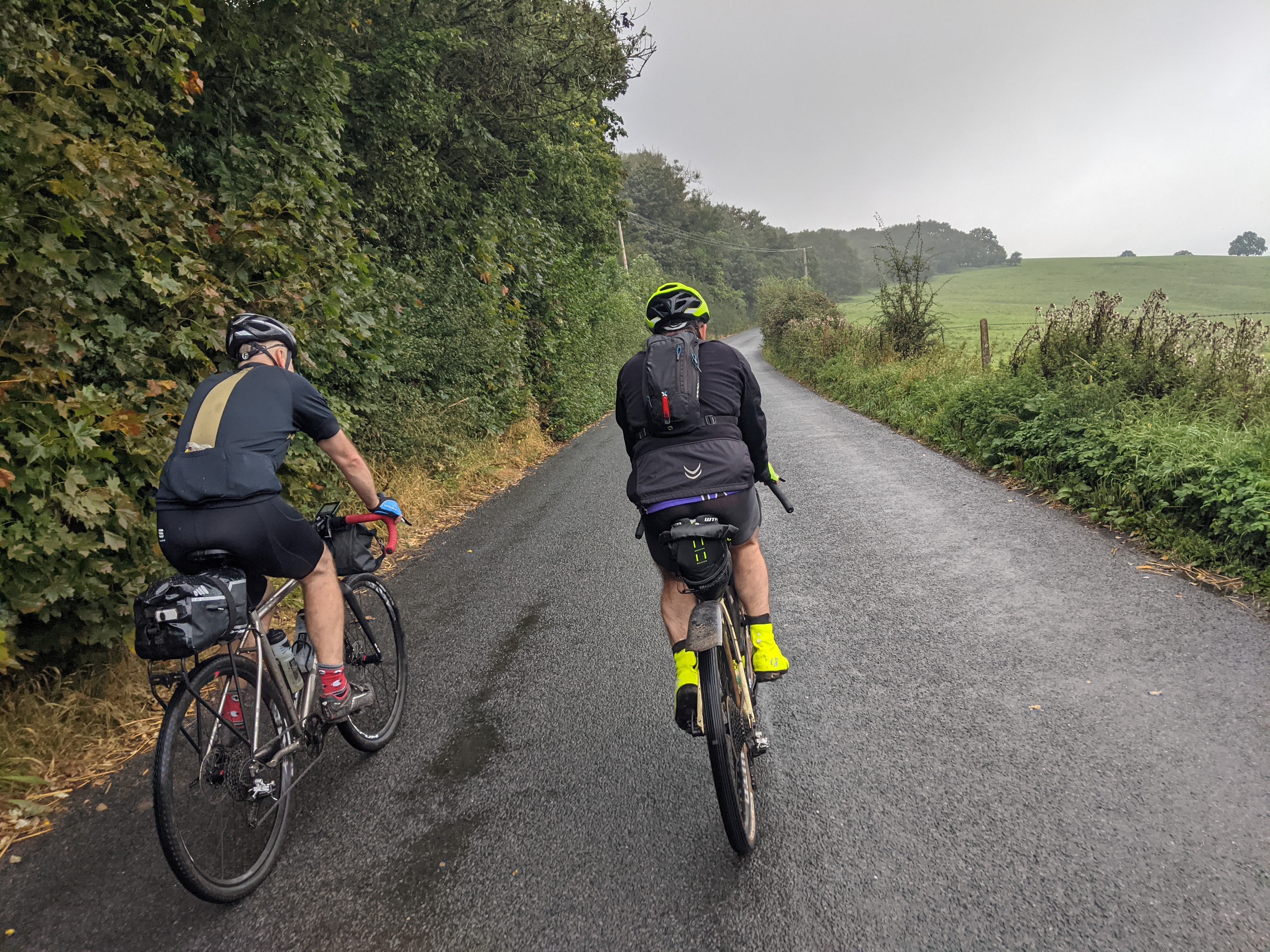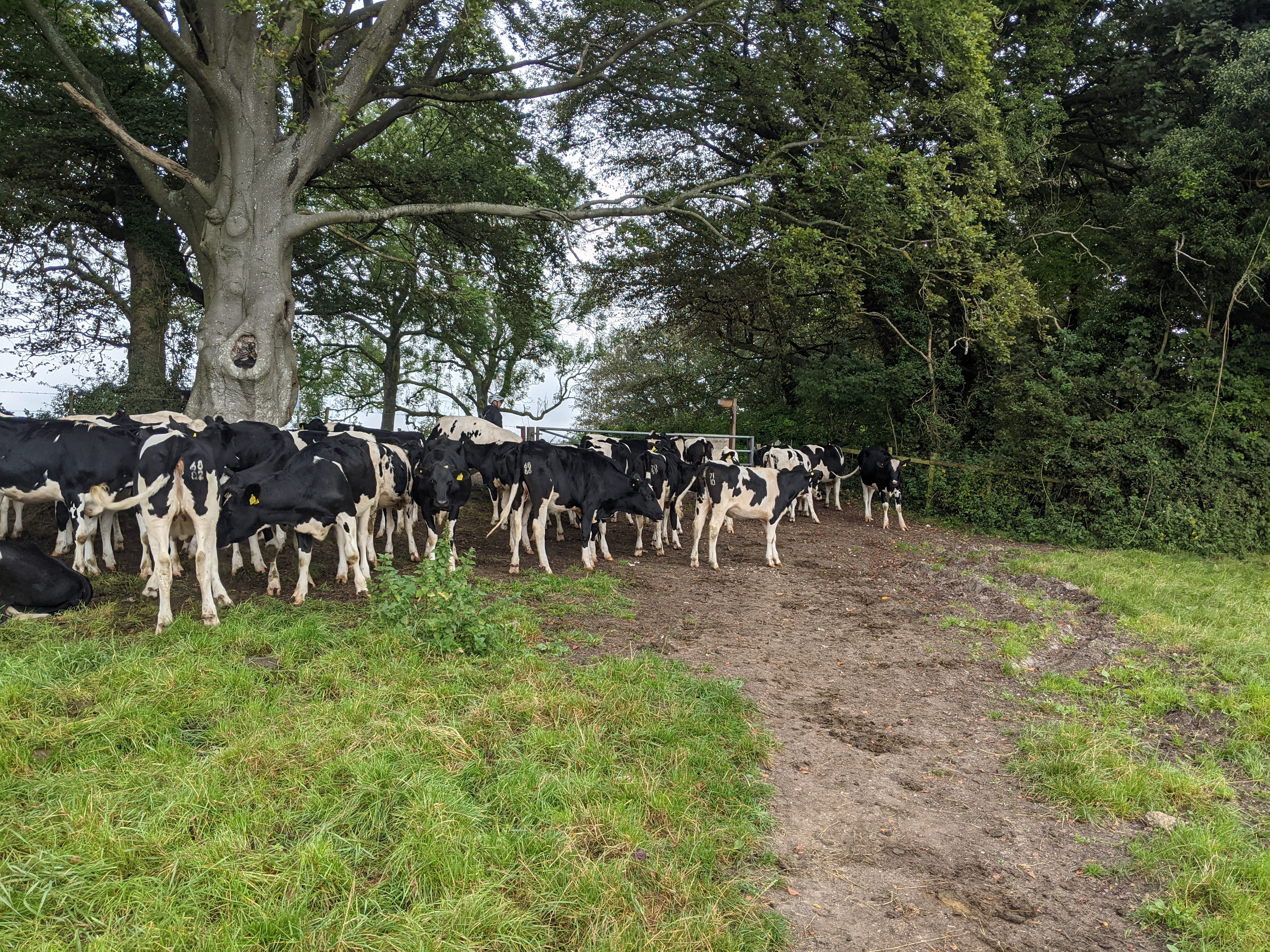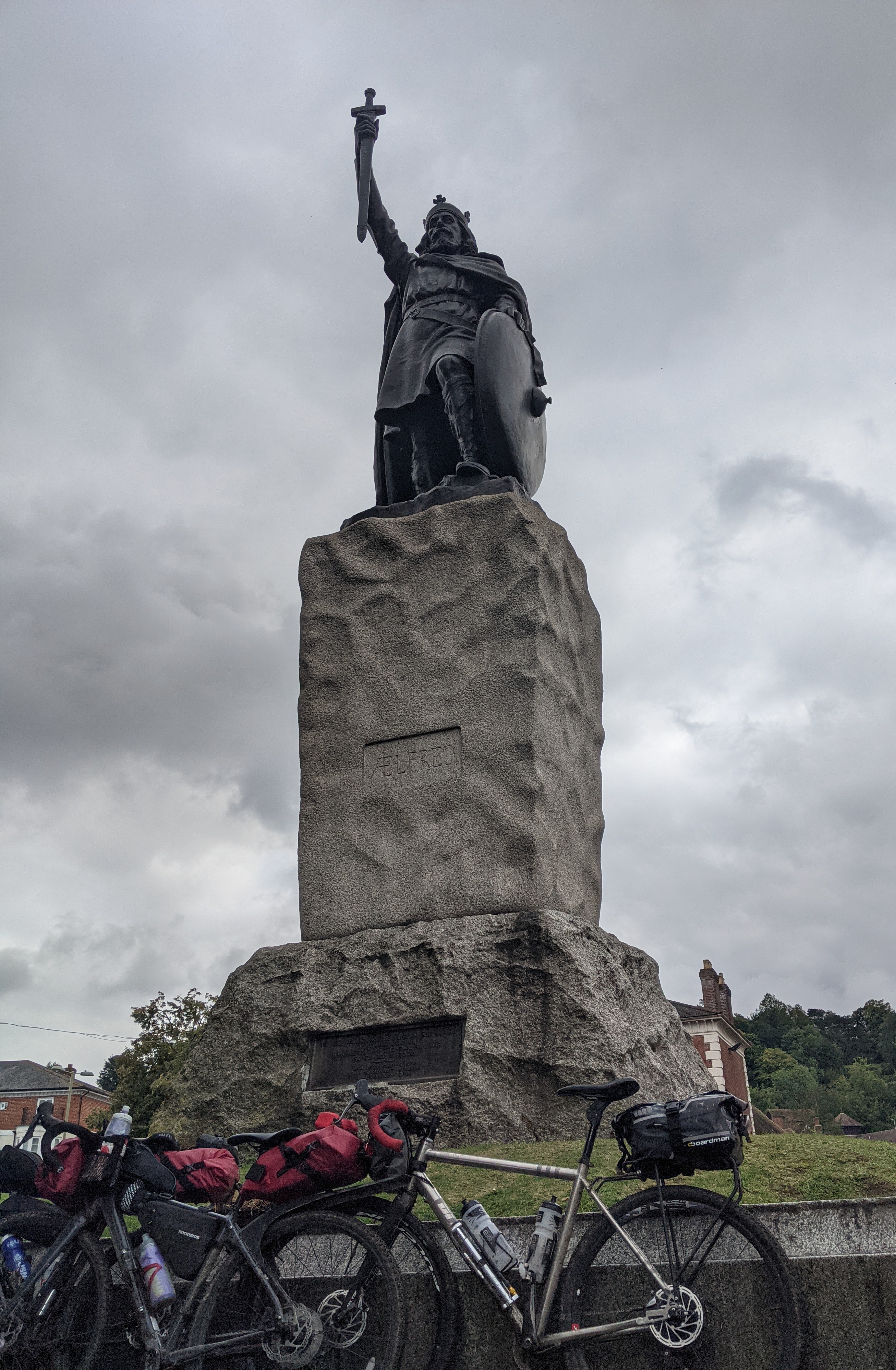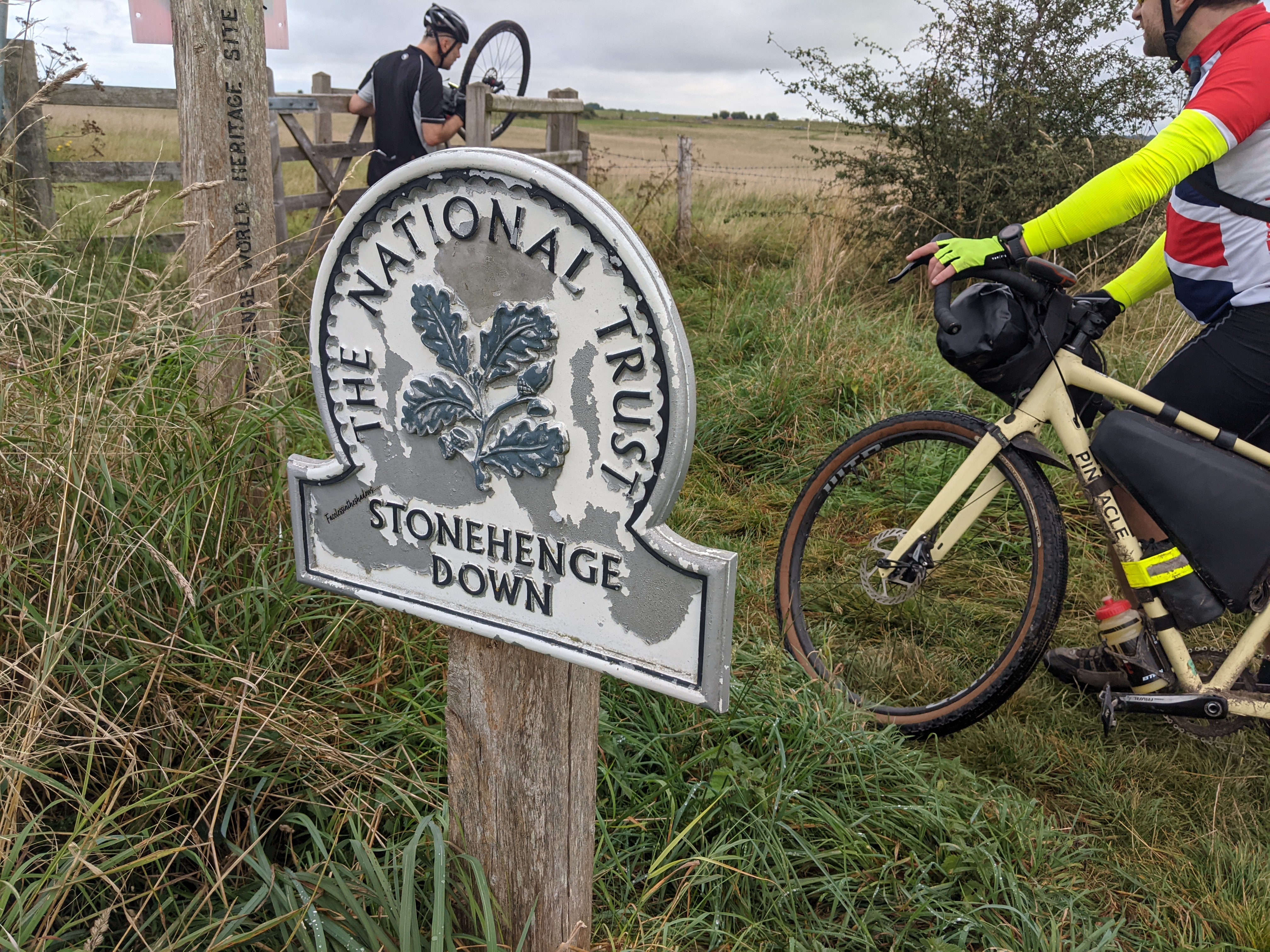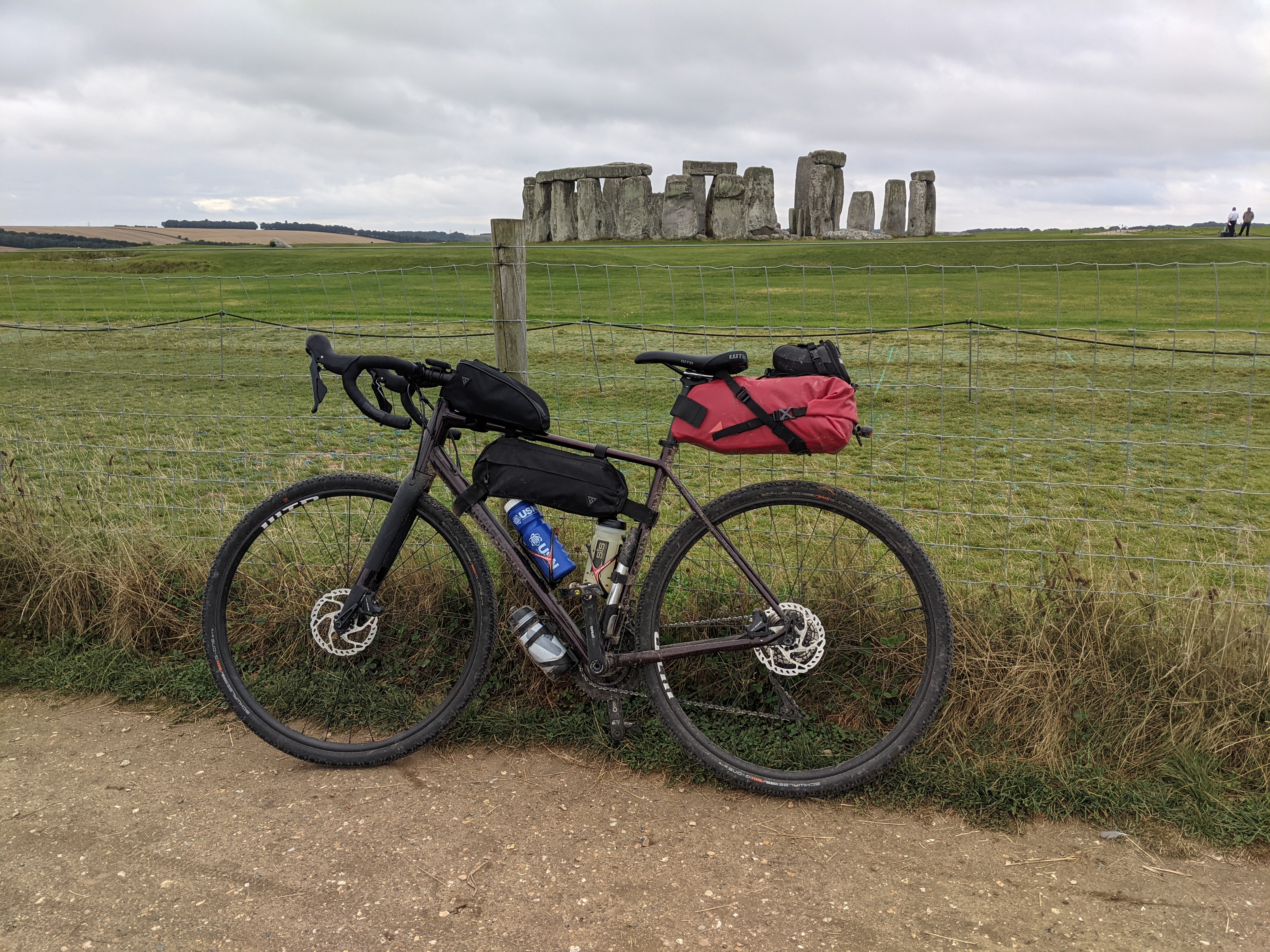There’s a unique satisfaction that comes from loading up your bike with everything you need and setting off into the unknown. A few years ago, some friends and I got hooked on the idea of gravel cycling – exploring bridleways, forest tracks, and quiet lanes away from the traffic. We perhaps dreamt of dusty, sun-baked American-style gravel roads, but quickly discovered the UK reality often involves… well, a lot more mud. Glorious, character-building mud!
This experience, especially tackling longer multi-day routes, highlighted stark parallels with my day job as a Lead Engineer in banking: designing and building robust software systems, often leveraging cloud platforms like Azure. The challenges might seem worlds apart – navigating a muddy bridleway versus deploying critical payment code – but the underlying principles of preparation, resilience, and adaptability are remarkably similar. Thinking like a bike packer, especially one planning for the unpredictable British weather, can make us better system designers.
One route that crystallised this for me was the King Alfred’s Way

King Alfred's Way Route Map

My Loaded bike at a stop at Stone Henge!!
Here’s how the planning and execution of a ride like that mirrors system design:
1. Planning the Route (King Alfred’s Way): Defining Requirements & Scope
- Bike Packing (KAW): King Alfred’s Way is a stunning, roughly 350km (220-mile) circular route looping through the heart of historic Wessex. It connects Winchester, Salisbury, Stonehenge, Avebury, and Reading across varied terrain. Planning involves studying the map, estimating daily mileage, identifying resupply points, checking accommodation/camping options, and noting bail-out points. You define the objective, constraints, and key milestones.
- System Design: This mirrors requirements gathering. What problem are we solving (“destination”)? Who are the users? What are the critical user journeys (“key sections”)? What are the non-functional requirements like performance, availability, security (“terrain challenges”)? What are the constraints (budget, team skills, existing infrastructure - “time, fitness, gear”)? Clear definition prevents building the wrong thing.
2. Choosing Your Gear: Selecting Technology & Components (Simplicity vs. Complexity)

Not actual packing list!
- Bike Packing (KAW & UK Gravel): Gear choice for UK gravel is critical. Tyre choice is key for mud. Reliability matters – trustworthy brakes, solid drivetrain, waterproof bags. But there’s a trade-off: sometimes the fanciest gear is the hardest to fix in the field. Simple, robust components might be heavier but their field serviceability can be invaluable compared to complex parts requiring specialist tools. You choose gear appropriate for the actual conditions.
- System Design: This maps to selecting your technology stack (languages, frameworks, databases, Azure components, APIs). Are they mature and reliable (“durable tyres”)? Do they scale? Are they cost-effective? Crucially, consider the complexity trade-off. Sometimes the latest pattern introduces significant overhead. A simpler, well-understood approach might be more robust and easier to debug under pressure. Choose tools and patterns appropriate for the real-world operational demands, including maintainability. Avoid unnecessary complexity just because you can.
3. Packing Smart: System Architecture & Organization (Choosing the Right Structure)
- Bike Packing: How you load your bike affects handling. Heavy items low and central. Frequently needed items easily accessible. Protecting sensitive gear. It’s about organisation, balance, and quick access. Different packing systems exist (panniers, frame bags, large saddlebags) – each has pros and cons for weight distribution, capacity, and accessibility depending on the bike and trip length.
- System Design: This is your system architecture – how you structure your code and components. Choosing the right architectural pattern is like choosing your packing system. A monolith might be simpler initially, like one large bag – everything’s together, but accessing or changing one part can affect the whole load. A more modular or distributed architecture (like using separate services or libraries) is akin to using multiple specialised bags – it allows for independent changes and deployments (“accessing one bag doesn’t require unpacking everything”) but requires more careful planning on how the pieces interact (“ensuring the bags fit and balance well”). The key is selecting an architecture (like modularity, separation of concerns, clear interfaces) that provides the right balance of maintainability (“easy access”), stability (“good balance”), and independent evolution for your specific needs and team.
4. Redundancy & Repair Kits: Fault Tolerance & Resilience (Decoupling & The Hanger Incident!)
- Bike Packing: Things will go wrong. Punctures, loose bolts, broken chains. You carry a repair kit, know basic repairs, and have backup navigation. Crucially, you anticipate specific catastrophic failures. On our King Alfred’s Way trip, disaster struck. Hitting a deep, muddy rut, one friend’s derailleur hanger snapped. Without a spare, the ride is over. This would have been catastrophic… but it wasn’t. Anticipating this vulnerability, all of us carried spares, sourced preemptively (one even from China!). That small, redundant part saved the trip.
- System Design: Systems fail. Networks glitch, servers crash, dependencies become unavailable. We design for failure. Cloud platforms like Azure provide built-in redundancy (e.g., Availability Zones are like multiple route options). We also build resilience through decoupling components. If one part of the system needs to communicate with another, using techniques like asynchronous processing or message queues means the sender can continue its work even if the receiver is temporarily down. The request waits patiently (“the snack in your bag”) until the downstream component recovers. This prevents failures in one area from cascading and taking down the entire system. Just like carrying that specific derailleur hanger, anticipating critical failure points and building in redundancy and decoupling (spare components, failover systems, queued/asynchronous processing) is fundamental, especially in high-stakes banking environments.
5. Navigating the Unknown: Monitoring, Observability & Adaptability
- Bike Packing (KAW): Routes aren’t always perfectly marked, GPS signals drop, trails get diverted. You constantly check your position, monitor energy/supplies, watch the weather, and adapt. A muddy track might force a road detour. Slower progress might change your overnight stop. Situational awareness is key.
- System Design: This is observability. Logging, metrics (e.g., via Azure Monitor), and tracing provide real-time understanding. Dashboards show health (“position/speed”), alerts notify of problems (“blocked trail”), logs/traces help diagnose issues (“why are we slow?”). Monitoring tells you if you’re “on course” (meeting SLOs) or need to adapt (scale resources, deploy a fix, investigate anomalies).
6. Pacing Yourself: Performance, Scalability & Sustainability
- Bike Packing: KAW is a long route. You need a sustainable pace, managing energy, fuel, and rest to finish without burnout.
- System Design: Systems need to perform under load and scale (Azure offers auto-scaling capabilities). This requires efficient design (algorithms, indexing, caching). It also means building sustainably – managing technical debt (“not carrying unnecessary weight”), writing clean code (“well-serviced bike”), ensuring the system can evolve. Build for the long haul.
The Journey is the Reward (Mud, Snapped Parts, and All)
Both bike packing King Alfred’s Way and designing complex software systems require meticulous planning blended with the ability to improvise when faced with the unexpected – a flooded trail, a snapped derailleur hanger, or a sudden spike in transaction volume. They demand understanding trade-offs (like simplicity vs. features, or monolithic vs. distributed architectures), a laser focus on reliability, and the foresight to prepare for specific failures through redundancy and decoupling.
So, the next time you’re deep in a system design discussion, perhaps picture yourself navigating those Wessex trails. Are you planning the route carefully? Choosing the right gear (balancing features and fixability)? Selecting the right architectural structure (“packing system”)? Carrying the right “spare parts” and building in decoupling for critical failures? Do you know how to navigate when things go off-plan? Are you setting a sustainable pace?
Thinking like a bike packer might just help you build stronger, more resilient systems ready for whatever the journey throws at them.
Some photos from our trip:


